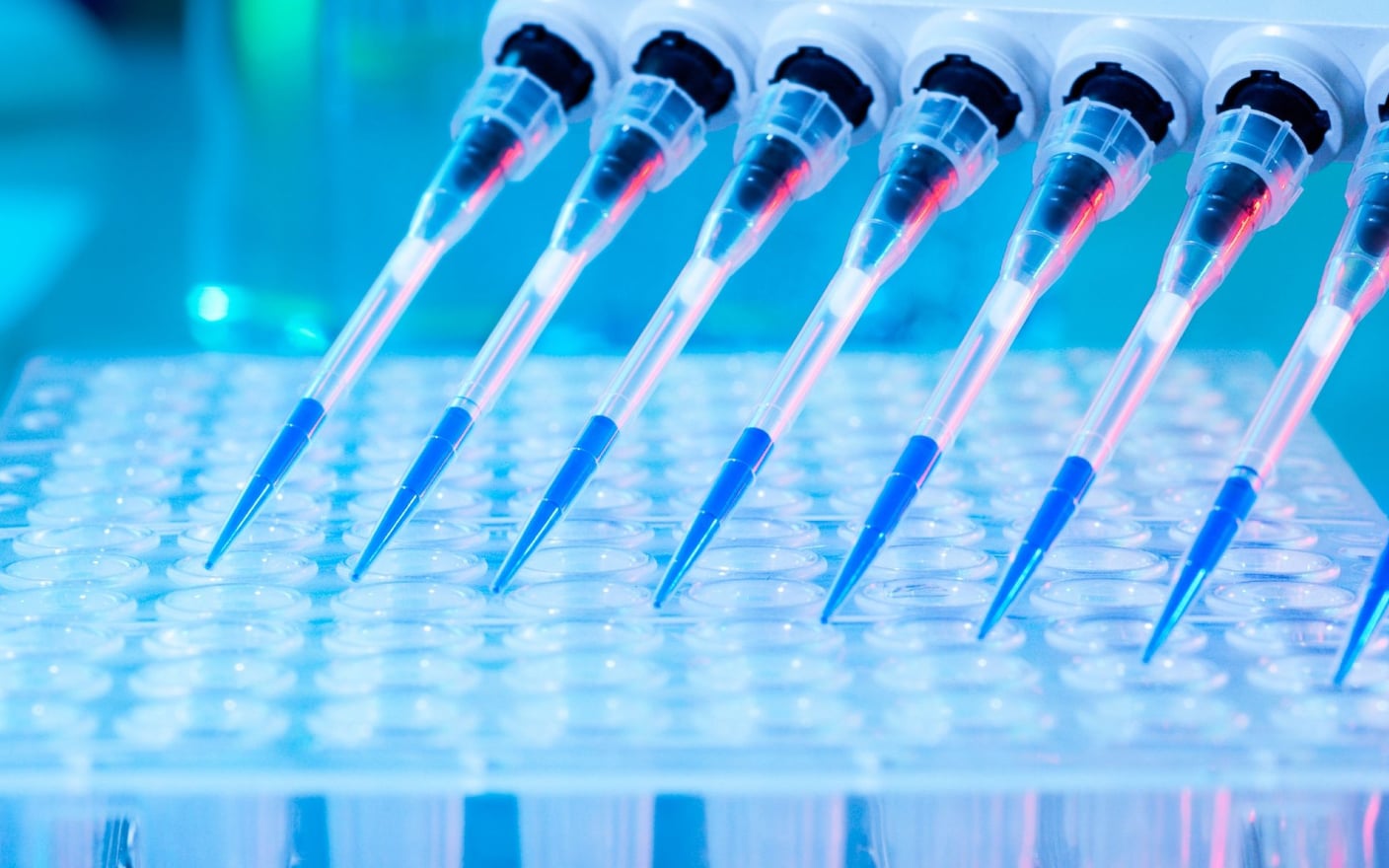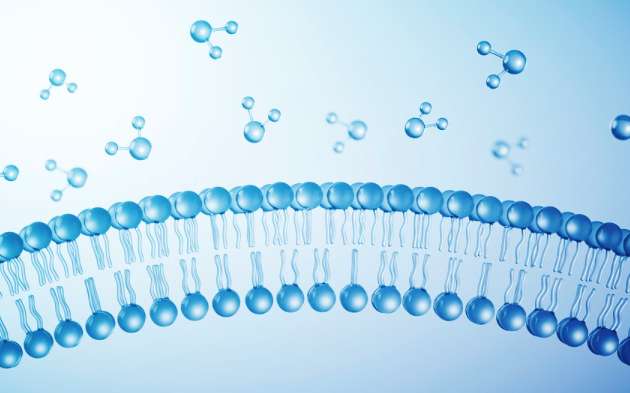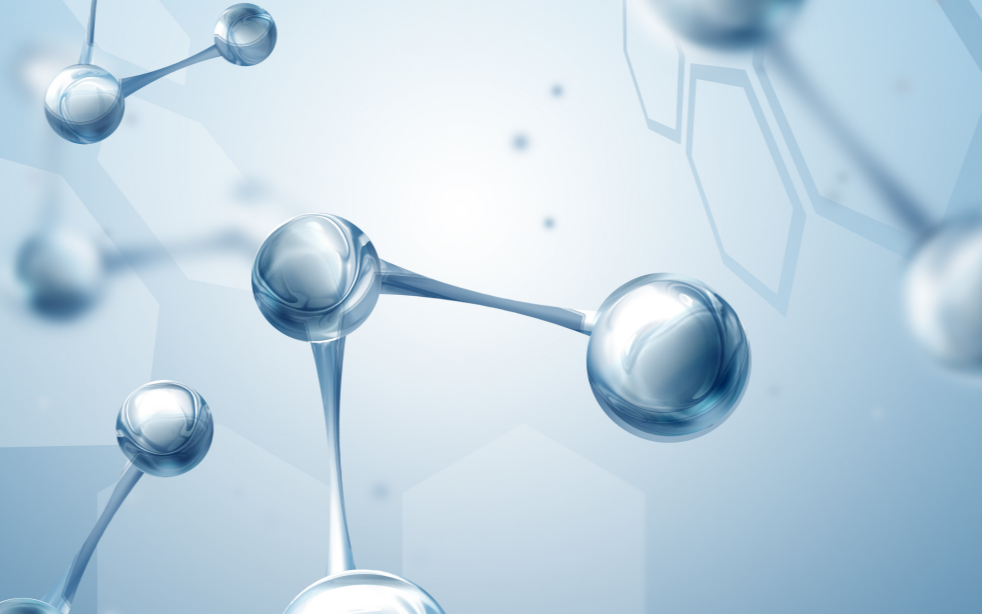Plasma protein binding (PPB) assays are critical in the drug discovery process. However, this stage of development can be complex, time-consuming and expensive. So, any advancement in the technology used to carry out PPB assays is welcome news for drug sponsors and developers. A new ultra-high throughput mass spectrometry-based analysis is just that type of advancement, saving time and money without sacrificing any analytical power. We tested the new system to find out how much more efficient it could be to measure plasma protein binding.
Plasma Protein Binding Assays
When a drug enters the body, it needs to get to where it’s needed. However, that’s not an easy task, partly because of binding. Some drug compounds are particularly prone to binding to blood cells, brain tissues, and many other targets. They can also bind to plasma proteins in the blood. If a drug binds to plasma proteins easily, the efficiency with which it moves around the body and through membranes can be negatively affected. That means it can’t move as freely as it needs to, which can affect its efficacy, pharmacological intent and clearance of the drug.
As a result, PPB assays are critical in predicting a compound’s pharmacokinetic (PK) and pharmacodynamic (PD) properties. They are required by regulators, and for good reason. Using PPB assays, drug developers can study a drug’s efficacy, its toxicity, and how it interacts with other drugs. However, PPB testing is not a simple procedure. The type of testing sometimes changes based on the compound, and whichever type of test is administered. Needless to say, conducting PPB assays can be complex and time intensive.
A handful of methods are used to determine the extent to which a compound binds to plasma protein, but the most widely used—and that which is considered the "gold standard" method—is equilibrium dialysis.
Using this method, two cells are separated by a semipermeable membrane, which stops plasma proteins and high-molecular-weight compounds from crossing between the two cells. The membrane does allow low-molecular-weight molecule compounds to transfer between the two cells.
Scientists then place plasma in one of the cells and an equivalent volume of an aqueous buffer solution in the other. The compound being tested is then spiked into a plasma-containing cell. Both cells are then equilibrated at a predetermined temperature for the chosen dialysis time. Only the compound unbound from the plasma proteins can cross the membrane, and at the end of the process, scientists have a PPB sample ready to be analyzed. By measuring these results, researchers can ascertain PPB levels.
Equilibrium dialysis devices can be fully automated and highly efficient, so it’s important to have an analysis platform capable of keeping up. This analysis is conducted using mass spectrometry.
Mass Spectrometry Explained
Mass spectrometry (MS) was first used in physics in the 1960s. Gradually, it has become more and more useful in multiple fields, and now plays a critical role in drug development. MS allows researchers to look extremely closely at biological specimens and generate vastly detailed insights about their molecular contents. In a typical use of the technology, molecules within a sample are fragmented and then characterized based on their mass and electrical charge, making it possible to identify many compounds in a single experiment.
However, there are challenges and limitations to MS analysis. Many samples need additional processing before analysis, which adds time and cost to the process. For example, some samples require a separation step using liquid chromatography (LC) to remove the unwanted molecules from samples.
Plasma is flooded with other components at higher concentrations, including proteins, lipids, carbohydrates, hormones, metabolites, and more. The presence of these high-abundance components can make it difficult for researchers to analyze what they find. In most cases, plasma needs to go through the LC process to properly assess a PPB assay. Fortunately, new methods have been developed to eliminate this extra step. One such platform is Echo® MS.
Using the Echo® MS Platform
Echo® MS was launched in 2020 by SCIEX to improve the speed, scale and reproducibility of MS experiments. The platform boasts an “acoustic droplet ejection” (ADE) system, which uses ultrasound to move minuscule droplets from a sample into an “open port interface” (OPI) system.
Droplets are diluted extensively in an OPI, making background interference from other biomolecules a non-issue. The OPI then moves the diluted sample to the MS system to be analyzed.
The dilution capabilities of the platform make the LC process unnecessary, as the plasma can be deposited into the system without additional preparation. The design of the OPI also makes it less likely that samples will leave a trace within the system that will contaminate future readings. These features make it easier to process a far greater number of samples per day.
Testing the Capabilities of Ultra-high Throughput Mass Spectrometry Analysis
To explore application for the new system, we injected PPB samples in 384–well plates into a mass spectrometer connected to an electrospray ionization (ESI) source. Thirty-eight compounds in human, dog, rat, monkey and mouse plasma samples in PPB assays were analyzed by both Echo® MS and LC-MS/MS—the more traditional means of analysis. The results from both methods showed a good correlation (R2>=0.99), meaning there was no discernable issue with the accuracy of analysis.
Due to complex components in plasma, ion suppression by direct injection without any sample cleanup poses a significant challenge on Echo® MS system relative to the protein precipitation treatment. However, through careful optimization of the sample dilution solvent and ratio, it is feasible to eliminate this suppression and achieve the desired experimental requirements.
The real difference came in the speed at which the Echo® MS processed the same number of samples. The newer platform analyzed a 384-well plate in 19.2 minutes, at a rate of 3 seconds per sample. This was approximately 20 times faster than the traditional LC-MS/MS analysis, which took 1 minute per sample. Moreover, eliminating the need for the extractions steps meant preparation was much quicker when using the Echo® MS system. And direct analysis of samples without extraction steps significantly simplifies sample preparation (~50 min/assay) and saves 400 times the sample volume compared with traditional LC-MS/MS analysis.
A Final Word
PPB assays are an important and common part of the drug discovery process. Any efficiencies developed in this field have the potential to make drug development more cost-effective and less time-consuming. At WuXi AppTec, our scientists have utilized a new system, the Echo® MS, to bring about substantial enhancements throughout the entire workflow of PPB assays. Collaborating with lab partners proficient in utilizing this technology can unlock the opportunity for delivering significantly enhanced services in this field.
Committed to accelerating drug discovery and development, we offer a full range of discovery screening, preclinical development, clinical drug metabolism, and pharmacokinetic (DMPK) platforms and services. With research facilities in the United States (New Jersey) and China (Shanghai, Suzhou, Nanjing, and Nantong), 1,000+ scientists, and over fifteen years of experience in Investigational New Drug (IND) application, our DMPK team at WuXi AppTec are serving 1,500+ global clients, and have successfully supported 1,200+ IND applications.
Talk to a WuXi AppTec expert today to get the support you need to achieve your drug development goals.
Stay Connected
Keep up with the latest news and insights.












